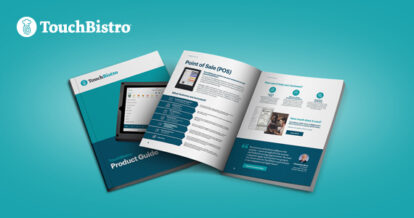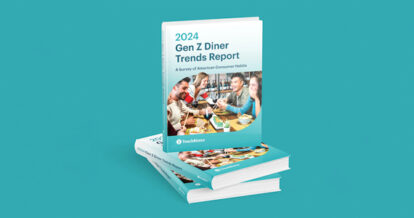Staffing a restaurant shouldn’t be like solving a puzzle.
If staffing your restaurant currently feels like solving a 10,000-piece puzzle while blindfolded, you’ve come to the right place. Our free restaurant staffing guide can help demystify and simplify the process, so you can ensure you have the right team working at the right time.
What Is Restaurant Staffing?
Restaurant staffing refers to everything from hiring and retaining employees to building daily shift schedules. Depending on the size and type of venue you run, staffing a restaurant can involve hiring and training a whole fleet of specialized front of house and back of house employees, or just a few key staff that play a wide variety of roles.
Why Is Staffing Restaurants So Challenging?
Research shows that 30% of restaurant owners and managers say staffing is the biggest pain point for their business, ranking above accounting, inventory, and marketing. So, what makes staffing so complicated? A number of factors contribute to this challenge, including:
- High turnover: Each year, restaurants have to replace as many as three in four employees on average. Unfortunately, replacing just one employee costs restaurants nearly $6,000 in productivity loss and hiring expenses.
- Labor shortage: The pandemic led to a global labor shortage and the restaurant industry was hit particularly hard. With many workers leaving the industry for new opportunities and higher wages, it remains difficult for restaurants to find skilled talent amidst a shrinking labor pool.
- High labor costs: Paying employees is one of the biggest expenses restaurants have. In fact, labor costs make up 31.6% of a restaurant’s operating costs, on average. As wages increase due to inflation and worker demands, labor costs will only increase, making it even more important to retain staff and build the perfect shift schedule.
- Low profit margins: The restaurant industry has notoriously slim profit margins: 10.6% on average. Without a lot of wiggle room, it’s difficult for restaurants to pay staff more to keep them happy.
- Demanding regulations: Labor laws protect workers, but they also make staffing more complicated. Operators need to keep things like breaks, tipped and untipped wages, overtime, and other regulations in mind while hiring restaurant employees and building schedules.
What You’ll Get in This Restaurant Staffing Guide
This restaurant staffing guide will help you combat the challenges outlines above, and offer top tips for hiring restaurant employees. Here’s what you’ll get when you download the free guide.
Part I: Workforce Planning: Understanding Your Operations
Step one to building a workforce plan is to understand the intricacies of your business, such as the trajectory of sales and how your restaurant behaves on a busy night, versus how your restaurant settles on a slow night.
This guide begins by outlining two key types of tools you can use to determine how staffing affects operations, how to navigate them more effectively, and how to make staffing work in your favor from both a customer service and profitability perspective.
Analytics, Reporting, and Modeling Tools
You’ll learn which reporting tools to use and why they’re important to restaurant staffing. While the best POS systems have dozens of reports, checking all of them constantly can be overwhelming. We share the two most important metrics you need to monitor to understand your operations.
Scheduling Tools
Employee scheduling tools use historic data and forecasting to take some of the guesswork out of creating shift schedules. You’ll learn four key scheduling capabilities to look out for while shopping for scheduling software. You’ll also get several recommendations for restaurant-focused scheduling tools.
Part II: Workforce Development: Attracting & Retaining the Right Talent
Workforce development is two-pronged: it is the ability to hire the right staff and develop the culture to keep them. When you hire the right restaurant employees from the start and meet your staff’s expectations, you’ll be more likely to retain those coveted human resources for the long-term. Our restaurant staff guide shares tips on how to achieve both of those goals.
Hiring Restaurant Employees
You’ll learn five methods for how to staff a restaurant and where to find restaurant employees. We also share six unique interview questions you can use during the hiring process to help you find the best fit for your team.
Retaining Restaurant Employees
This restaurant staffing guide concludes by explaining the factors that contribute to employee turnover, and suggests five ways to make your restaurant a place where your team will want to work for the long haul.
Even if your restaurant has the perfect menu, top-of-the-line decor, and a five-star rating on Yelp, its success will be fleeting if you can’t hire and retain a team of happy and effective employees. Download our free Ultimate Guide to Restaurant Staffing to gain the knowledge you need to set your people – and business – up for success.




